In the intricate web of life, where predator and prey engage in an endless dance of survival, the iguana has emerged as a fascinating focal point. These ancient reptiles, with their striking appearance and remarkable adaptability, find themselves in a perpetual battle for existence. But who are the cunning adversaries that make a meal out of these resilient creatures? In this article, we delve deep into the captivating world of “Animals That Eat Iguanas.”
From the lush rainforests of Central and South America to the arid landscapes of the Galápagos Islands, iguanas have evolved to thrive in diverse environments. Yet, lurking in the shadows are a variety of predators, each employing unique tactics to capture these iconic reptiles. Some are masters of stealth, while others rely on sheer strength and cunning. Join us on a journey through the natural world’s fierce competition for survival as we unveil the surprising cast of characters that have developed a taste for iguana flesh.
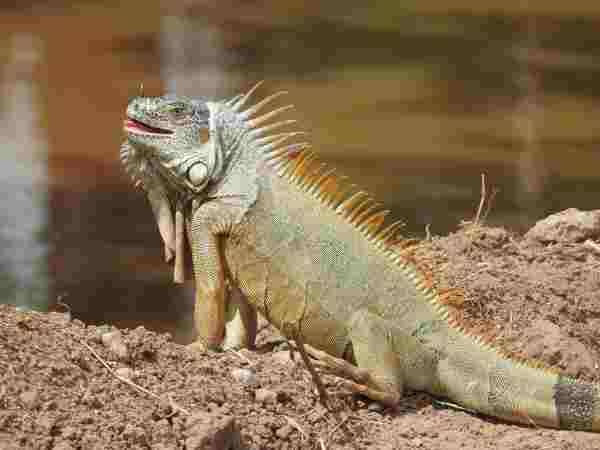
The Iguana Species:
Iguanas, a diverse group of reptiles, are characterized by their long bodies, sharp claws, and distinctive dewlaps. Several iguana species inhabit different regions of the world, showcasing remarkable adaptations to their environments.
Whether it’s the iconic green iguana of Central and South America or the curious-looking marine iguana of the Galápagos Islands, these creatures have intrigued scientists and nature enthusiasts for generations.
Overview Of Animals That Eat Iguanas
Raptors:
Harpy Eagles:

Harpy eagles, with their immense wingspans and powerful talons, are apex predators in the rainforests of Central and South America. These magnificent birds of prey have been known to hunt and consume iguanas, especially the smaller species. Their stealthy approach and lightning-fast strikes make them formidable adversaries for iguana populations.
Red-tailed Hawks:

Red-tailed hawks are skilled hunters found throughout North and South America. While they primarily prey on small mammals and birds, they occasionally target iguanas as well. Their keen eyesight and impressive aerial abilities enable them to spot and capture iguanas with surprising accuracy.
Aquatic Predators:
Iguanas’ encounters with aquatic predators add another layer of complexity to their lives, as survival extends beyond the land into the water. In aquatic habitats, iguanas must contend with a range of formidable foes.
American Crocodile:
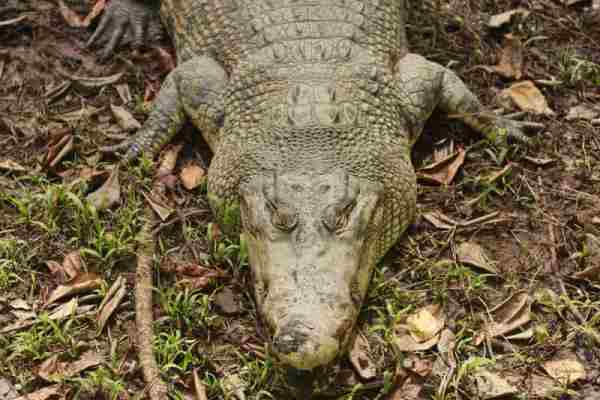
The American crocodile, a formidable predator found in the waters of Central and South America, often preys on iguanas that venture too close to the shore. Their powerful jaws and stealthy underwater approach make them a significant threat to iguanas basking near the water’s edge.
Spectacled Caiman:

Spectacled caimans, known for their distinctive bony ridges over their eyes, also inhabit the same regions as iguanas. These reptiles are opportunistic hunters, and juvenile iguanas are sometimes on their menu. Iguanas must navigate the watery realm carefully to evade the jaws of these caimans.
Mammalian Predators:
In the realm of mammals, iguanas face a diverse set of challenges from both feline and canine predators.
Jaguars:
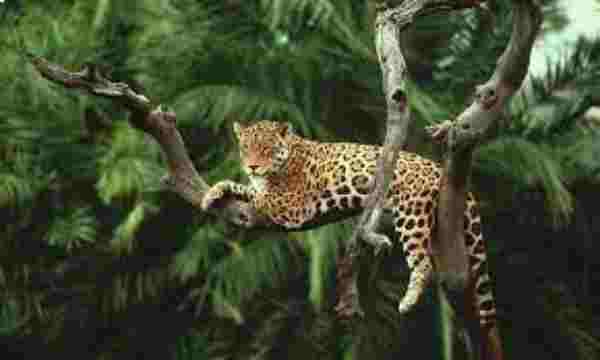
Jaguars, the apex predators of the Americas, are known to hunt iguanas, among other prey. Their stealth and strength allow them to ambush iguanas with precision, making them a force to be reckoned with in the iguana’s world.
Ocelots:
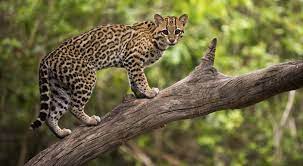
Ocelots, smaller but equally agile cats, also pose a threat to iguanas. These solitary hunters are known for their ability to climb trees, where iguanas might seek refuge, making them a persistent presence in the iguana’s world.
Canids:
Coyotes:

Coyotes, opportunistic hunters with a wide-ranging diet, occasionally target iguanas. Their adaptability and keen sense of smell enable them to locate iguanas hiding in the underbrush.
Foxes:
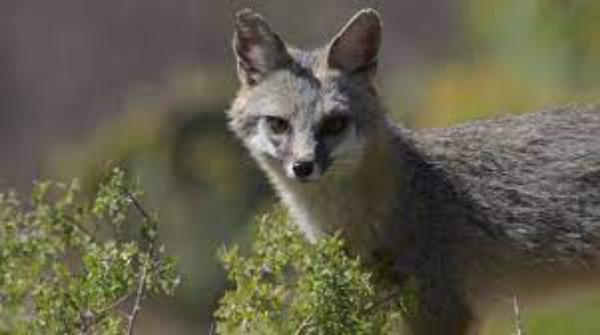
Foxes, like coyotes, are generalist predators and may consume iguanas when the opportunity arises. Their small size and cunning nature make them unpredictable but potentially dangerous adversaries for iguanas.
Reptilian Predators:
Within their own reptilian family, iguanas find themselves facing off against other formidable creatures, from snakes to monitor lizards.
Boa Constrictors:
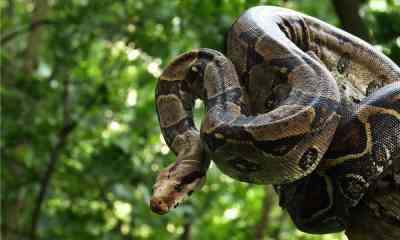
Boa constrictors, with their strong, constricting coils, are skilled ambush predators. They often target iguanas as part of their diet. Once they seize an iguana, their powerful grip can quickly overpower their prey.
Nile Monitors:

In regions where Nile monitors are found, iguanas may encounter these voracious reptiles. Nile monitors are agile and quick, allowing them to chase down iguanas on land. Their sharp teeth and powerful jaws make them formidable adversaries for iguanas.
Iguana Hunting Behavior:
Monitor lizards, in general, are known for their hunting prowess. They often rely on their keen senses and quick reflexes to capture iguanas, making them a unique challenge for these reptilian prey.
Human Impact and Conservation:
In addition to the natural challenges iguanas encounter, human activities cast a shadow over their survival. Habitat destruction, often driven by urbanization and deforestation, reduces the available space and resources for iguanas. The clearing of forests and wetlands disrupts their delicate ecosystems, forcing iguanas to adapt to ever-shrinking territories. Pollution, whether from industrial runoff or plastic waste, contaminates their habitats, posing health risks to these reptiles and their prey.
Furthermore, the illegal pet trade is a grave concern for many iguana species. Poaching, driven by demand for exotic pets, threatens both adult iguanas and their young. The removal of iguanas from their natural habitats disrupts local populations and can lead to genetic diversity loss.
Ethical Considerations:
The complex interplay between iguanas and their predators raises ethical dilemmas. As humans, we hold a significant role as stewards of the environment. Our actions, including habitat destruction, pollution, and poaching, directly impact iguana populations and their ecosystems. This compels us to consider the moral responsibility we bear in preserving the delicate balance of nature.
Balancing our needs and desires with the well-being of these remarkable creatures requires thoughtful reflection. The ethical considerations surrounding iguana conservation extend beyond protecting a single species; they encompass safeguarding the entire ecological systems in which iguanas play a vital role.
Final Words
In the intricate tapestry of life, iguanas represent a captivating thread, weaving through ecosystems teeming with predators and challenges. From the sky to the water and the underbrush, iguanas confront an array of adversaries that have shaped their survival strategies over millions of years.
Understanding these dynamics not only offers insight into the wonders of the natural world but also serves as a poignant reminder of our shared responsibility to preserve it. Conservation efforts aimed at safeguarding iguanas are not just an act of compassion; they are a commitment to the preservation of biodiversity and the intricate web of life on our planet. It is our duty as stewards of the Earth to protect these iconic reptiles and the ecosystems they call home for generations to come.
Reference:
- https://edis.ifas.ufl.edu/publication/IN528#:~:text=In%20tropical%20America%2C%20large%20predators,down%20their%20burrows%20to%20safety.
- https://animals.sandiegozoo.org/animals/iguana
- https://www.davie-fl.gov/AgendaCenter/ViewFile/Item/856?fileID=2166

Rahul M Suresh
Visiting the Zoo can be an exciting and educational experience for all involved. As a guide, I have the privilege of helping students and visitors alike to appreciate these animals in their natural habitat as well as introducing them to the various aspects of zoo life. I provide detailed information about the individual animals and their habitats, giving visitors an opportunity to understand each one more fully and appreciate them in a more intimate way.









